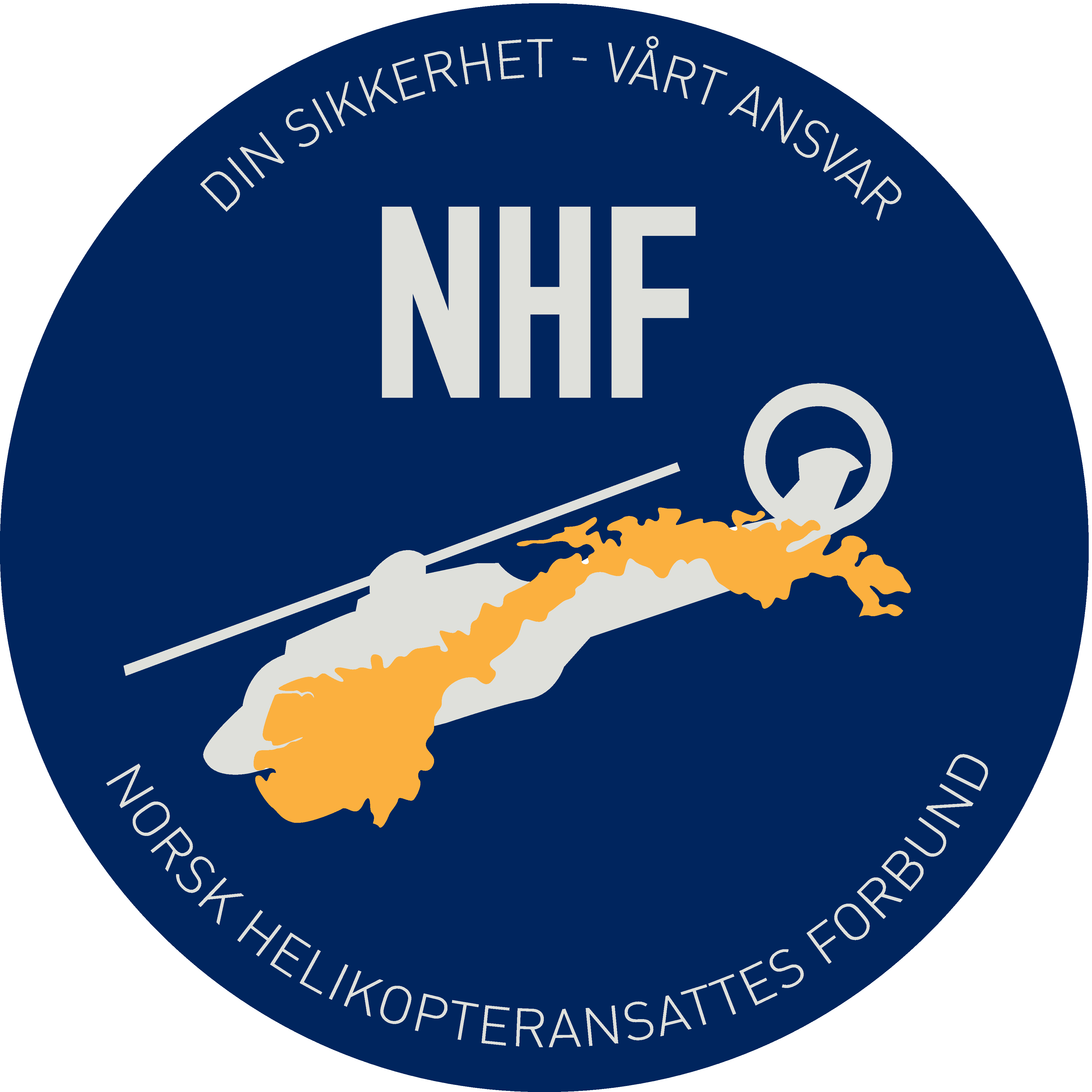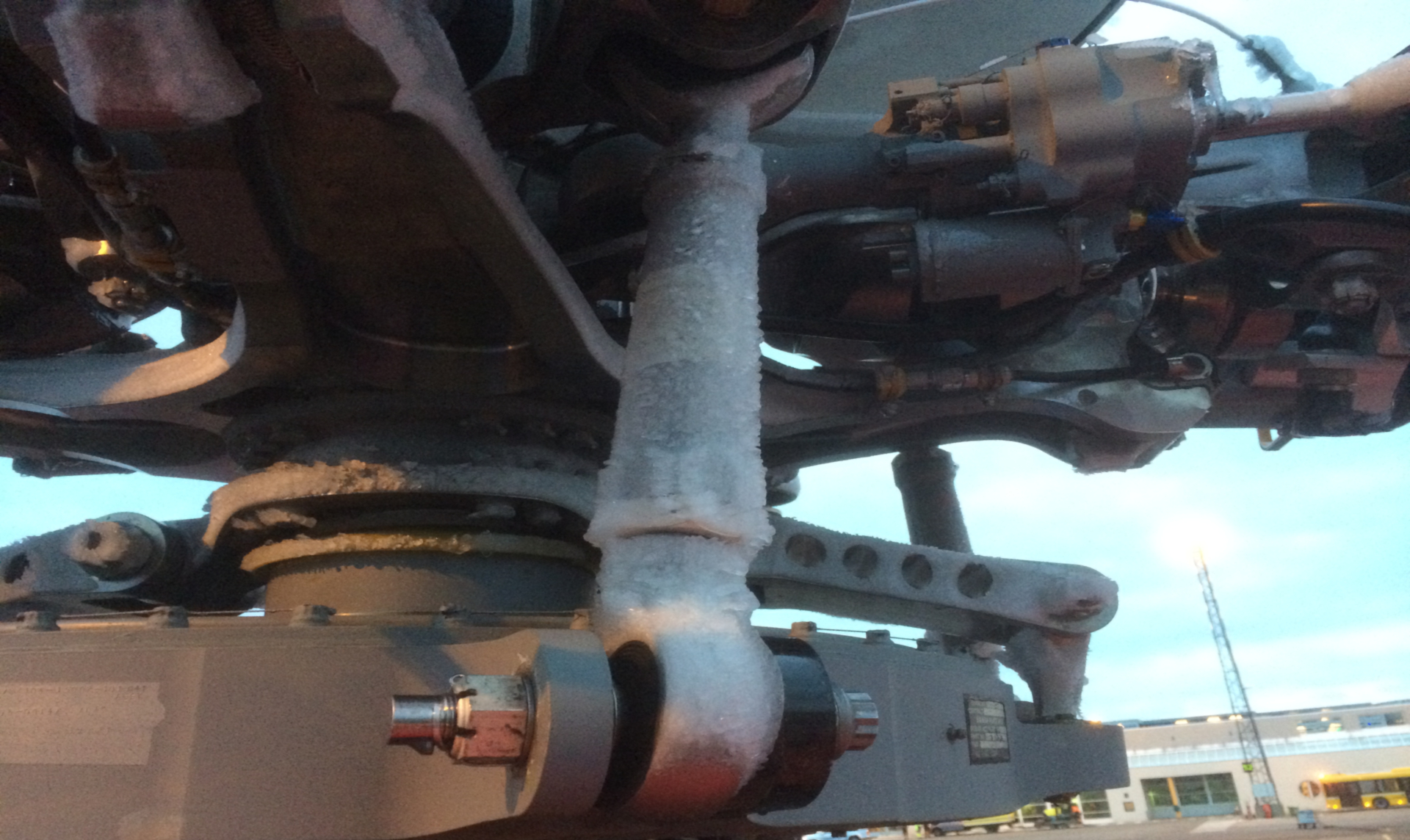I de to foregående utgavene av Safety har vi redegjort for flytekniske sertifikater og definisjoner som gjelder for arbeid underlagt flyteknisk sertifisering. I denne utgaven skal vi belyse området gyldig praksis.
For å opprettholde autorisasjonen skal man ha praktisert sine sertifikatprivilegier med et visst omfang. Ansvaret for at man har etterse oppfylt kravene ligger både på innehaveren av sertifikatet og vedlikeholdsorganisasjonen som har utstedt autorisasjonen. Legg også merke til at regelverket krevet at praksis skal loggføres.
Regelverket sier følgende om temaet:
(AMC Part 66.A.20(b)2)
“The 6 months maintenance experience in 2 years should be understood as consisting of two elements, duration and nature of the experience. The minimum to meet the requirements for these elements may vary depending on the size and complexity of the aircraft and type of operation and maintenance.
1. Duration:
Within an approved maintenance organization:
* 6 months continuous employment within the same organisation; or
* 6 months split up into different blocks, employed within the same or in different organisations.
The 6 months period can be replaced by 100 days of maintenance experience in accordance with the privileges, whether they have been performed within an approved organisation or as independent certifying staff according to M.A.801(b)2, or as a combination thereof.
When licence holder maintains and releases aircraft in accordance with M.A.801(b)2, in certain circumstances this number of days may even be reduced by 50% when agreed in advance by the competent authority. These circumstances consider the cases where the licence holder happens to be the owner of an aircraft and carries out maintenance on his own aircraft, or where a licence holder maintains an aircraft operated for low utilization, that does not allow the licence holder to accumulate the required experience. This reduction should not be combined with the 20% reduction permitted when carrying out technical support, or maintenance planning, continuing airworthiness management or engineering activities. To avoid a too long period without experience, the working days should be spread over the intended 6 months period.
2. Nature of the experience:
Depending on the category of the aircraft maintenance licence, the following activities are considered relevant for maintenance experience:
* Servicing;
* Inspection;
* Operational and functional testing;
* Trouble-shooting;
* Repairing;
* Modifying;
* Changing component;
* Supervising these activities;
* Releasing aircraft to service.
For category A licence holders, the experience should include exercising the privileges, by means of performing tasks related to the authorization on at least one aircraft type for each licence subcategory. This means tasks as mentioned in AMC 145.A.30(g), including servicing, component changes and simple defect rectifications.
For category B1, B2 and B3, for every aircraft included in the authorization the experience should be on that particular aircraft or on a similar aircraft within the same licence (sub)category. Two aircraft can be considered as similar when they have similar technology, construction and comparable systems, which means equally equipped with the following (as applicable to the licence category):
* Propulsion systems (piston, turboprop, turbofan, turboshaft, jet-engine or push propellers); and
* Flight control systems (only mechanical controls, hydro-mechanically powered controls or electro-mechanically powered controls); and
* Avionic systems (analogue systems or digital systems); and
* Structure (manufactured of metal, composite or wood).
For licences endorsed with (sub)group ratings:
* In the case of B1 licence endorsed with (sub)group ratings (either manufacturer sub-group or full (sub)group) as defined in 66.A.45 the holder should show experience on at least one aircraft type per (sub)group and per aircraft structure (metal, composite, wood).
* In the case of a B2 licence endorsed with (sub)group ratings (either manufacturer subgroup or full (sub)group) as defined in 66.A.45 the holder should show experience on at least one aircraft type per (sub)group.
* In the case of a B3 licence endorsed with the rating ‘piston-engine non-pressurized aeroplanes of 2000kg MTOM and below’ as defined in 66.A.45, the holder should show experience on at least one aircraft type per aircraft structure (metal, composite, wooden).
For category C, the experience should cover at least one of the aircraft types endorsed on the licence.
For a combination of categories, the experience should include some activities of the nature shown in paragraph 2 in each category.
A maximum of 20% of the experience duration required may be replaced by the following relevant activities on an aircraft type of similar technology, construction and with comparable systems:
* Aircraft maintenance related training as an instructor/assessor or as a student;
* Maintenance technical support/engineering;
Maintenance management/planning.
The experience should be documented in an individual log book or in any other recording system (which may be an automated one) containing the following data:
* Date;
* Aircraft type;
* Aircraft identification i.e. registration;
* ATA chapter (optional);
* Operation performed i.e. 100 FH check, MLG wheel change, engine oil check and complement, SB embodiment, trouble shooting, structural repair, STC embodiment…;
* Type of maintenance i.e. base, line;
* Type of activity i.e. perform, supervise, release;
* Category used A, B1, B2, B3 or C.
* Duration in days or partial-days.”
Når det gjelder fordeling av ansvar for opprettholdelse av praksis i forhold til gyldig autorisasjon sier regelverket følgende:
(AMC Part 66.A.20(b) 3)
“The wording ‘has the adequate competence to certify maintenance on the corresponding aircraft’ means that the licence holder and, if applicable, the organisation where he/she is contracted/employed, should ensure that he/she has acquired the appropriate knowledge, skills, attitude and experience to release the aircraft being maintained. This is essential because some systems and technology present in the particular aircraft being maintained may not have been covered by the training/examination/experience required to obtain the licence and ratings.
This is typically the case, among others, in the following situations:
* Type ratings which have been endorsed on a licence in accordance with Appendix I to AMC to Part-66 ‘List of Type Ratings’ after attending type training/on-the-job training which did not cover all the models/variants included in such rating. For example, a licence endorsed with the rating Airbus A318/A319/A320/A321 (CFM56) after attending type training/on-the-job training covering only the Airbus 320 (CFM56).
* Type ratings which have been endorsed on a licence in accordance with Appendix I to AMC to Part-66 ‘List of Type Ratings’ after a new variant has been added to the rating in Appendix I,
without performing difference training. For example, a licence endorsed with the rating Boeing 737-600/700/800/900 for a person who already had the rating Boeing 737-600/700/800, without performing any difference training for the 737-900.
* Work being carried out on a model/variant for which the technical design and maintenance techniques have significantly evolved from the original model used in the type training/on-the-job training.
* Specific technology and options selected by each customer which may not have been covered by the type training/on-the-job training.
* Changes in the basic knowledge requirements of Appendix I to Part-66 not requiring re-examination of existing licence holders (grandfathered privileges).
* The endorsement of group/subgroup ratings based on experience on a representative number of tasks/aircraft or based on type training/examination on a representative number of aircraft.
* Persons meeting the requirements of 6 months of experience every 2 years only on certain similar aircraft types as allowed by AMC 66.A.20(b)2.
* Persons holding a Part-66 licence with limitations, obtained through conversion of national qualifications (66.A.70), where such limitations are going to be lifted after performing the corresponding basic knowledge examinations. In this case, the type ratings endorsed in the licence may have been obtained in the national system without covering all the aircraft systems (because of the previous limitations) and there will be a need to assess and, if applicable, to train this person on the missing systems.
Additional information is provided in AMC 145.A.35(a).”


